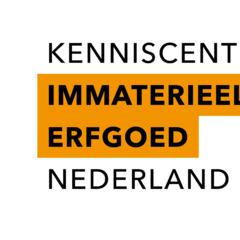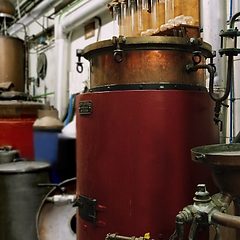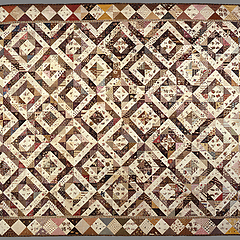Brabant Organ Culture concerns the culture of the pipe organ. The pipe organ is a musical instrument in which the sound comes from small and large pipes, arranged in an organ’s console. The organ pipes are connected to keys that are used to play the organ. The chosen action (the connection between the key and the pipes) determines the type of organ. Three types of organ can be distinguished: a mechanical, pneumatic or electro-pneumatic organ. An organ can last for centuries if properly maintained. The organs are usually located in churches and the occasional organ is located in a concert hall.
The Brabant Organ Culture consists of three components: organ building, organists and composers.
Organ building
Organ building in Brabant is still practised by a limited number of organ builders. They do not only build organs in Brabant, but all over the world. In addition, these organ builders maintain many organs in Brabant and beyond on an annual basis.
Organists
Organists play the organ during services and concerts in churches and concert halls, inter alia. An organ is played with the hands (fingers) using one or more keyboards and the feet (with the pedal).
Composers from Brabant
Contemporary composers from Brabant compose works for organ with or without voices or other instruments.
www.brabantorgel.nl/



